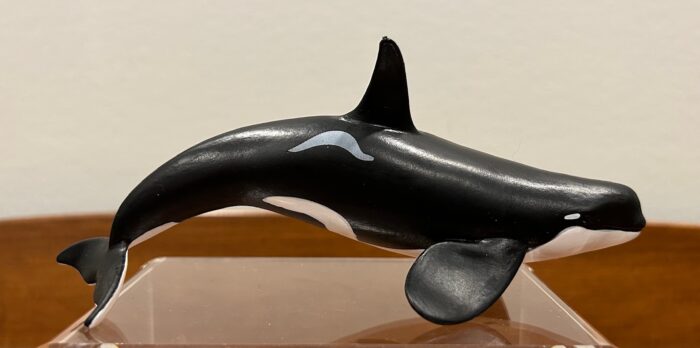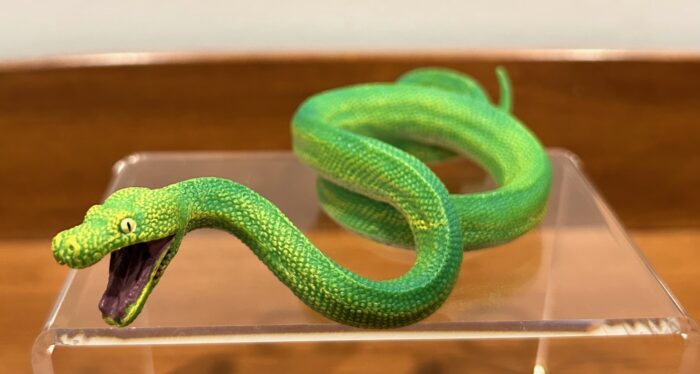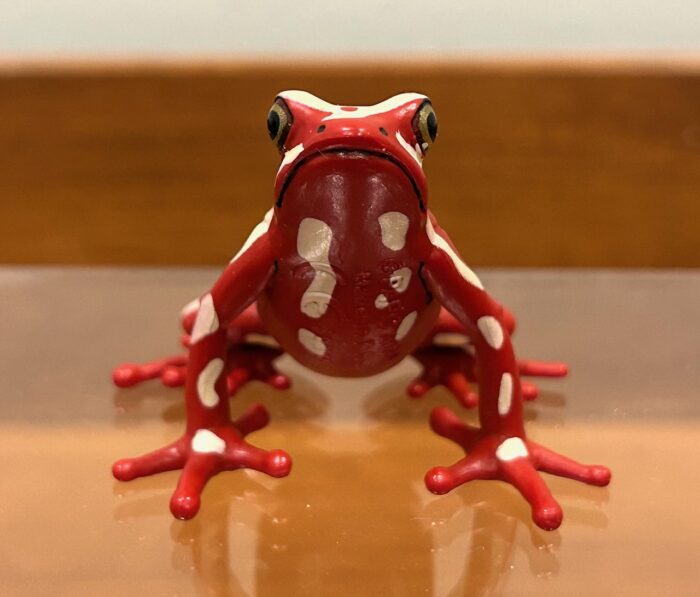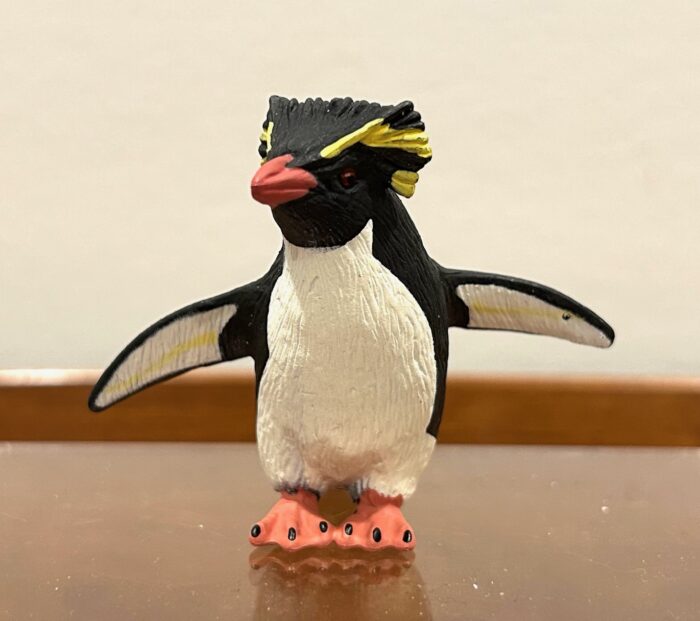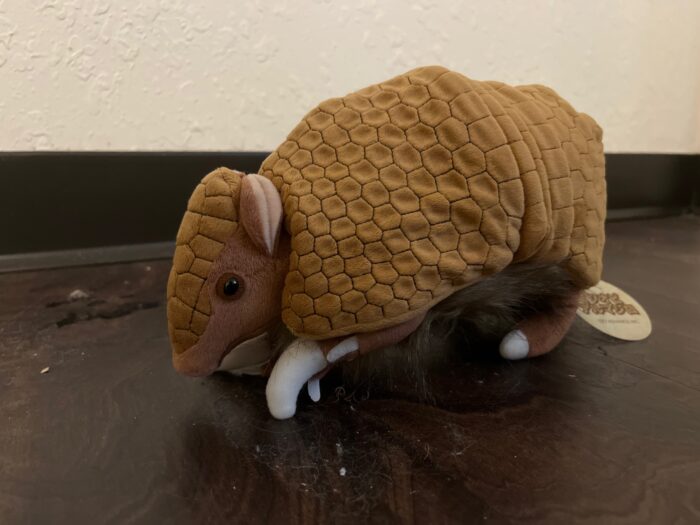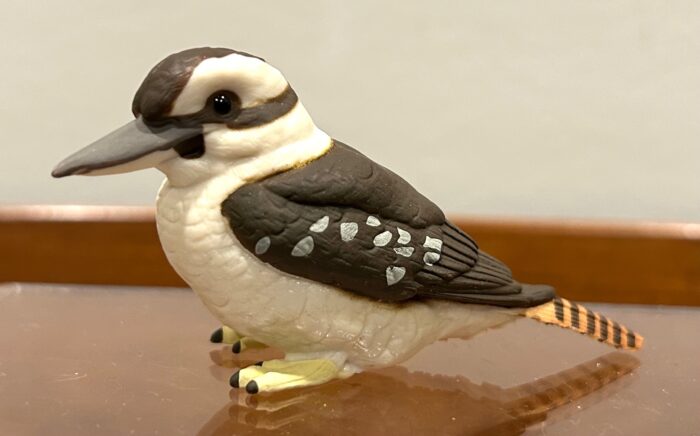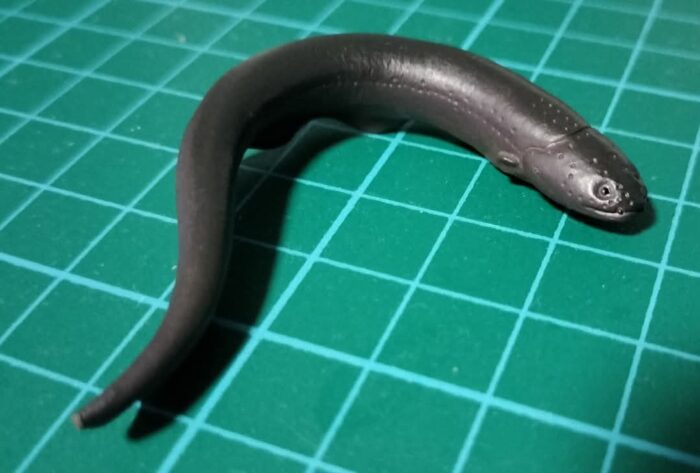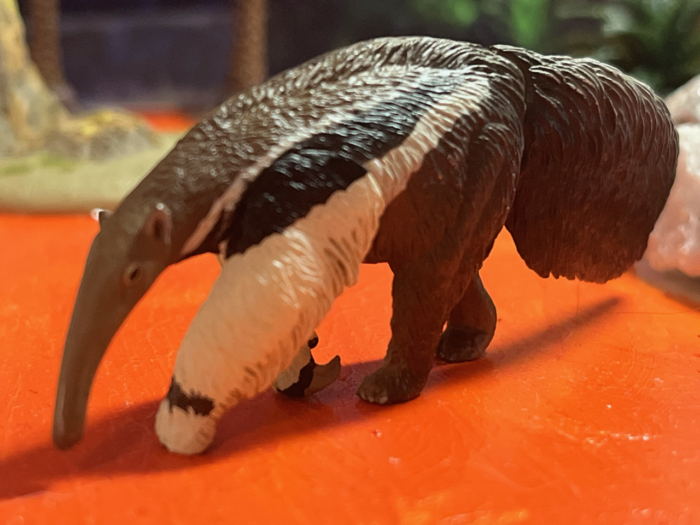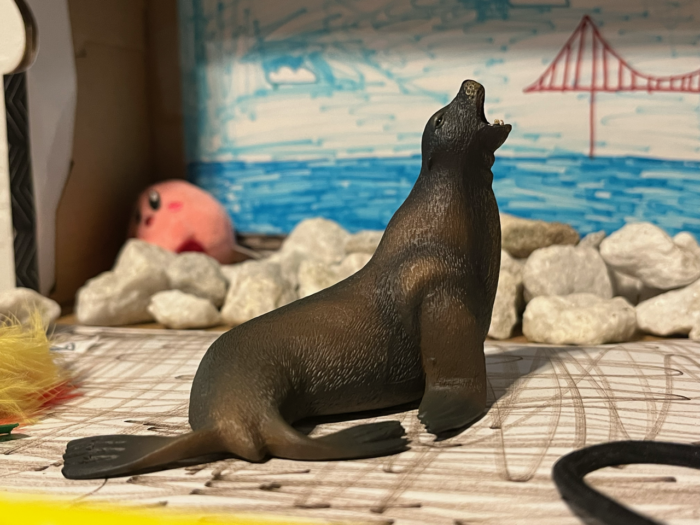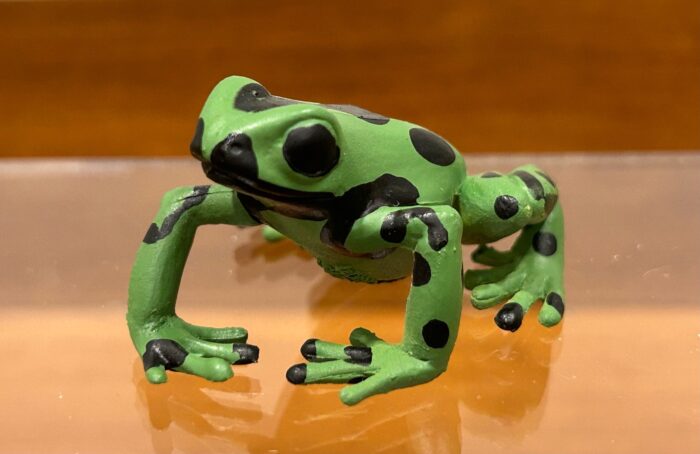Review and images by Suspsy; edited by bmathison1972
Practically everyone has heard of the killer whale or orca (Orcinus orca), but probably not about the many different types that known to roam the world’s oceans. Perhaps the most mysterious of all them is the Type D killer whale, which inhabits sub-Antarctic waters between latitudes 40 degrees South and 60 degrees South.

